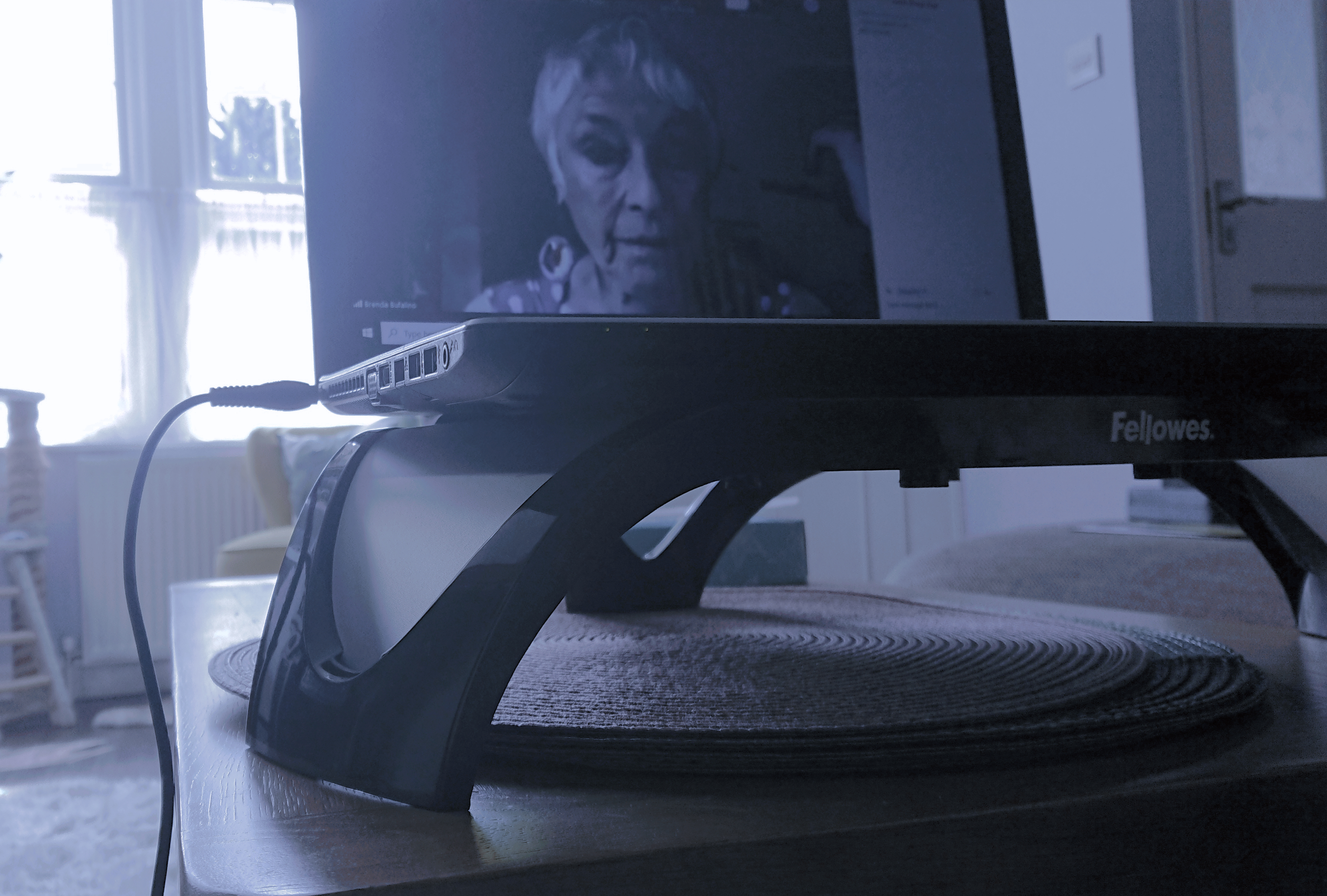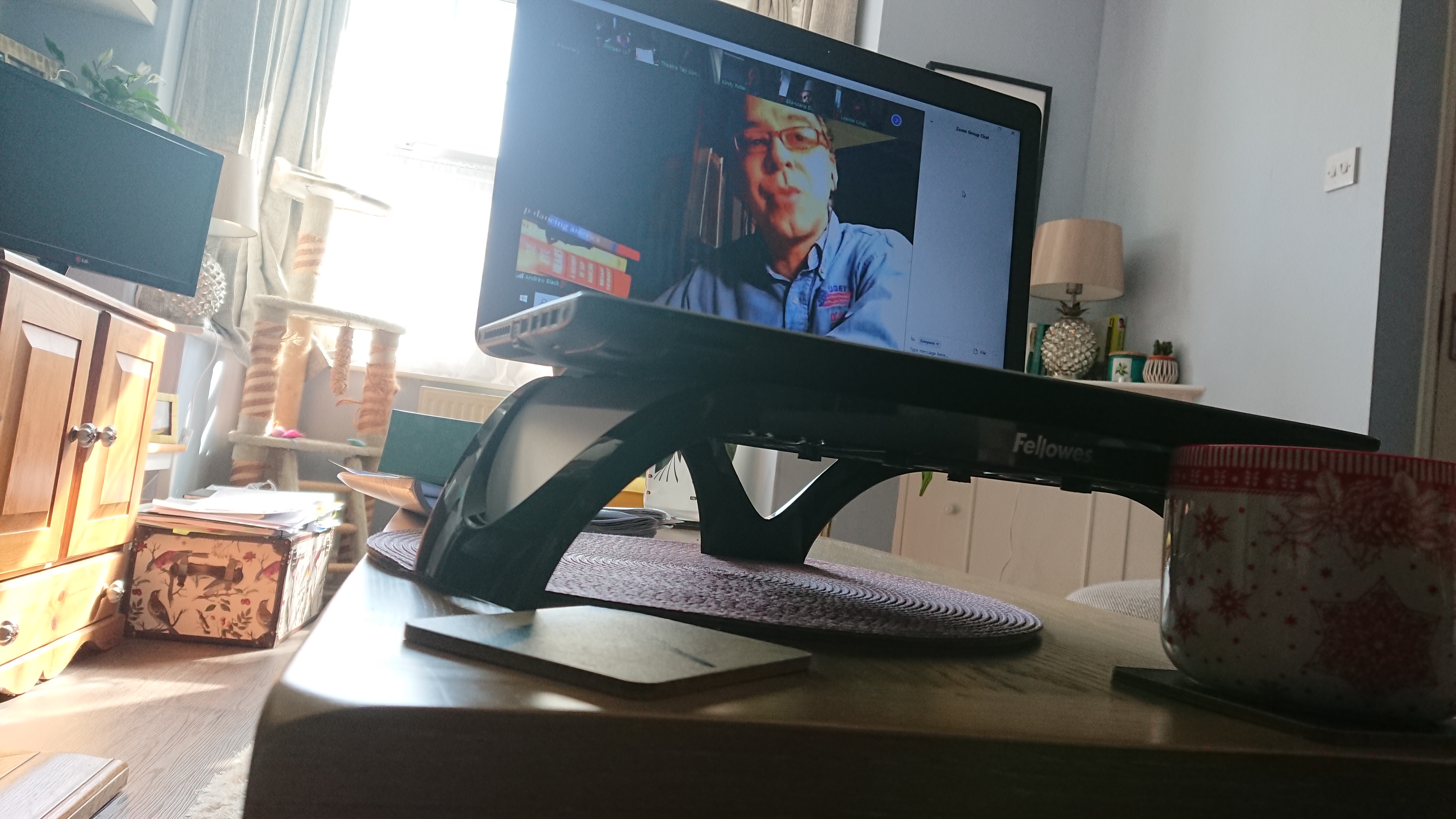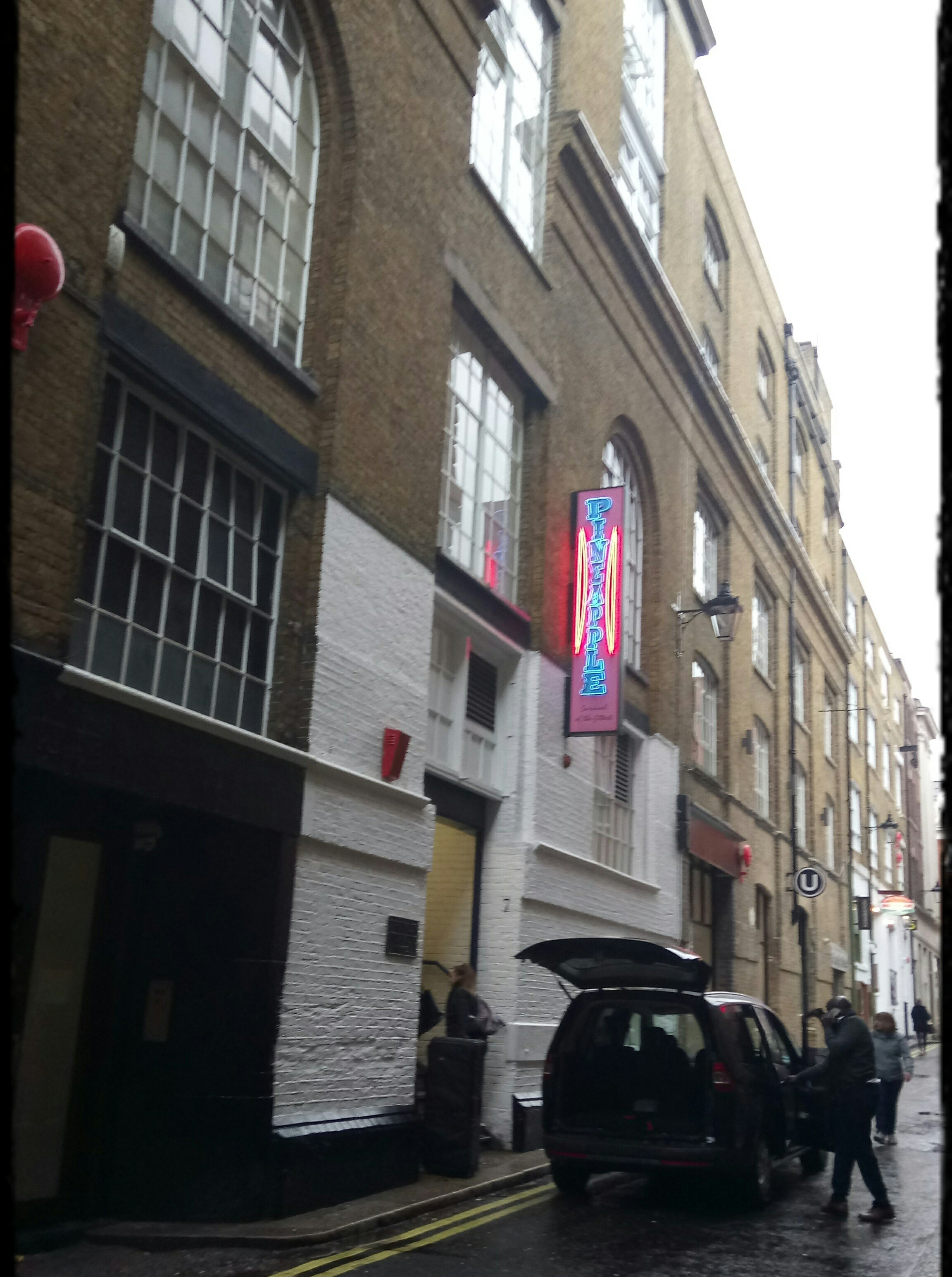
On Thursday we were joined on ‘Tap & Tea’ by the amazing tap master and legend Brenda Bufalino! Brenda founded the American Tap Dance Orchestra (now the American Tap Dance Foundation), and was a trailblazer in the revival of tap dance, after it fell out of favour from the mid 1950s to the early 1970s. As well as being a solo performer, she partnered with legendary hoofer Honi Coles, who was also her mentor; she performed many times with the Nicholas Brothers and Gregory Hines and has received numerous awards, including the Tapestry Award, the Flobert Award, and the Tap City Hall of Fame Award, among others. Brenda is the author of several articles and books, including Tapping the Source, which comes highly recommended, and she currently teaches classes at ATDF in New York City. Did I mention she’s 83?
Brenda’s mother was a classical singer and her aunt a concert pianist, and they performed as the Strickland Sisters. Brenda joined the Strickland Sisters as a dancer at the age of around 8 or 9. Between the ages if 6-11 she studied at Professor O’Brien’s Normal School of Dancing before moving on to Alice Duffy’s School of Dance in Salem, Massachusetts. She was influenced by the jazz music her family enjoyed at home, including Ella Fitzgerald and Cab Calloway. She started dancing in the night clubs in Boston at the age of 14 and began to study West African and jazz dance under revered dance instructor Stanley Brown. She moved to New York City and worked with Honi Coles for around 6 months. Tap dance had died a death in the 1950s and lots of the venues had closed, but Brenda met Honi again 15 years later and brought him and the Copasetics group to her studio to create the documentary ‘Great Feats of Feet’, and eventually tap dance started to make a come back.
Eventually, Brenda began creating tap shows for the concert stage, which included the musicians being on the stage with the dancers, rather than in the pit as was the traditional way. This set the precedent for how tap is presented on stage today. Honi wasn’t convinced that people would sit still long enough to watch a whole night of tap dance, and he was heartbroken that tap dance had ‘died’, but thankfully he was proved wrong! Apparently the Nicholas Brothers were late coming back to the tap dance scene, but they did, and Brenda did lots of shows with them, particularly Fayard Nicholas, and she later danced at Harold’s funeral.
She shared loads of stories and anecdotes with us, and talked about touring the world with Honi, and the fact that tap in the UK, Australia and South Africa seemed very stiff, upright, formal and up on the toes, and jazz tap took a while to take hold, which everyone acknowledges was because of the prescriptive ‘syllabus’ tap that was and continues to be taught (although I’m told improvements have been made). I’ve never done syllabus tap – and the more I hear about it, the more I’m glad I went straight into the freedom and technique of rhythm tap classes. ‘Hoofer’ tap is down in the heels, and apparently people were furious with Brenda for ditching high heels and dancing in flatter tap shoes. Who knew? Some audiences were unimpressed at seeing a white woman on stage with a black man. SO STUPID, but unfortunately that was life in those days.
Brenda had a lot to say about Broadway. Choreographers on Broadway were generally not tap dancers and the choreographers who were tap dancers rarely received credit for their work. It was a case of having to fight for credit and the extra pay that came with that. Interestingly, she said she auditioned for 42nd Street and the choreographer didn’t know what to do with her – big giveaway, right? She did stress that in the old movie musicals, the choreographers were tap dancers – and you can tell this when you watch the tap sequences.
What a fantastic, inspirational lady! I think she was my favourite Tap & Tea guest so far, and they’ve all been pretty amazing.
I could have listened to Brenda Bufalino all day!
Quotes:
Those tap years were sexy!
Never work mechanically while doing technique or rudiments
Sense your whole body
Engage your whole self in getting that tone
Do not use music as a metronome; engage in it wholeheartedly
[Improvisation] is not a competition
When I put my tap shoes on, I fall in love


